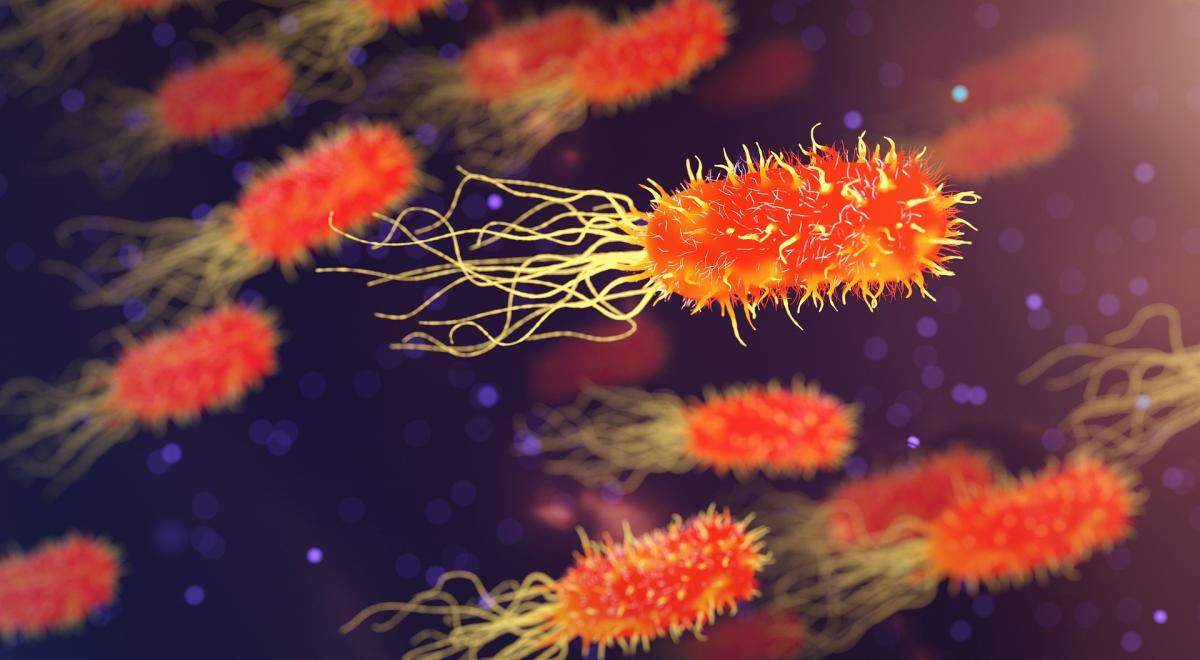
Anatomy of Diabetes Mellitus
A lesson on what diabetes is, what is the difference between Type 1 and Type 2 diabetes, creating a food diary, how the sugar gets into cells, how to count carbs, and how people with Type 1 diabetes calculate their insulin.
This is a lesson that would go well in a digestive unit or a cell unit. It can be completed in 2-3 days with a 1-week pre-activity of gathering food diary information.
Lesson Plan Link/URL
https://docs.google.com/presentation/d/1mLGbIvoZvPurtSU17dsXNxhpgdMY8OY4/edit?u…Subject Area
Science Life Science L1: Cells L2: Organisms & Energy Mathematics Operations and Algebraic Thinking (OA) Measurement and Data (MD)Related Content

This hands-on lesson is for the use of a hydroponic system. Tower gardens were the systems used, however, if budget is a concern, there is a very affordable option in the plan as well using tanks

This lesson includes 1 or 2- 50 minute period(s) worth of Greenhouse gas exploration. Students are creating and refining a drawn model of greenhouse gasses in our atmosphere, reading and discussing

This lesson is part of a project to isolate bacteria from soil and test it for antibiotic activity. This lesson must follow Microbial Serial Dilutions. You can also use this lesson to screen for